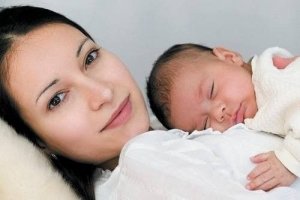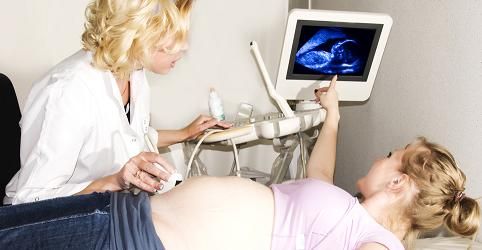
All iLive content is medically reviewed or fact checked to ensure as much factual accuracy as possible.
We have strict sourcing guidelines and only link to reputable media sites, academic research institutions and, whenever possible, medically peer reviewed studies. Note that the numbers in parentheses ([1], [2], etc.) are clickable links to these studies.
If you feel that any of our content is inaccurate, out-of-date, or otherwise questionable, please select it and press Ctrl + Enter.
Women are increasingly choosing to have cesarean sections
Last reviewed: 01.07.2025
 ">
">Another trend is the gradual increase in the average age of women giving birth.

According to the latest figures from the Health and Social Care Information Centre, 25% of British women give birth by surgical intervention known as a caesarean section. The number of caesarean births overall has increased only slightly since last year, but there has been a trend towards more of these operations being requested by women rather than decided by doctors.
18% of women aged 35 and over prefer not to give birth naturally.
On average, one in ten mothers aged 25 to 34 decides to have a cesarean section. Among women under 25, the relative number of such births is lower - 5%.
The Royal College of Midwives is concerned about these figures.
"The number of elective caesareans has increased, while unplanned elective caesareans have remained the same. We need to understand what is driving this trend," says Louise Silverton, a research fellow at the Royal College of Obstetricians and lead author of the study.
"The increase in the number of surgeries during childbirth is often associated with a decrease in the level of communication between women in labor and obstetricians, and this worries me."
The study also found a trend toward an increase in the average age of women giving birth. That is, young girls are now giving birth less often than older women. The number of mothers under 25 has decreased by 5% over five years, and girls under 19 are giving birth 22% less often than in 2007.
At the same time, the number of mothers aged 40 to 49 increased by 16% - from 22,200 to 25,6000.
"The surge in births, coupled with the rising average age of mothers, means that standards of maternity care need to be raised, as older women are more likely to have complications and require surgery, which in turn means more midwives or other health workers need to be involved in the birth process," explains Louise Silverton.
"With the baby boom now in full swing, these factors, coupled with increased demands on women during childbirth, could have a significant impact on the workload of already overburdened obstetricians."
Tim Straughan, director of the Health and Social Care Information Centre, adds: "While the overall number of hospital births has increased significantly in recent years, albeit slowly, the number of teenage births last year was down almost 10,000 compared with five years ago."
"This trend has affected all regions of the UK, although the North East still has the highest proportion of births among 13-19 year olds."
The UK capital London has the lowest rate of teenage births, while the percentage of older women giving birth in the city is the highest.
